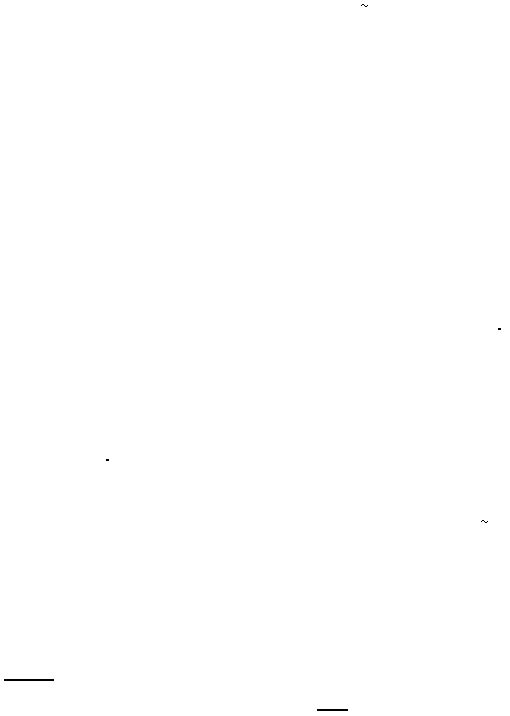
N-12
After recording all of the data, pour out the contents of the calorimeter into the liquid waste container,
then clean and dry the Styrofoam cup. Reuse the cups in the next step.
To determine ?H
7
(see equation (7)), accurately weigh out 0.900-1.000 g MgO into the Styrofoam
cup using the same technique as was used for the magnesium. Try to get the solid in the center of the
cup and away from the sides. Again, accurately measure
60.0 mL of 1.0 M HCl into your graduated
cylinder and record its temperature. Remove the thermometer at this point and accurately determine the
volume of 1.0 M HCl. Reassemble the calorimeter containing the MgO. Add the HCl solution to the
calorimeter, recording both the time and the temperature in the same way as was done before. With
MgO, it is important to ensure that none of the powder gets onto the sides of the calorimeter and
remains unreacted. By swirling the calorimeter, you can minimize this problem. You will use this data to
calculate ?H
7
(see equation (7)).
After recording all of the data pour out the contents of the calorimeter into the liquid waste container.
Clean, and dry the Styrofoam cup. Reuse the cups in the next step.
Part II.
Heat of Reaction Between Na2SO
4(s)
and water to form Na2SO
4
10 H2O
(s)
In this part of the experiment you will need to use a very accurate thermometer marked in fractions of a
degree. Sign one out from your laboratory instructor. Clean and dry your Styrofoam cup. Using the
same technique as in Part I, accurately weigh out approximately
5.5 g of Na2SO
4
10 H2O into the Styrofoam container. (NOTE: DO NOT USE CLUMPS)
Reassemble the calorimeter. Clean your 100 mL graduated cylinder. Pour
100 mL of the distilled
water into your graduated cylinder. Measure and record the temperature of the water to 0.05 °C and
then the volume of the water to 0.1 mL. Reinsert the thermometer into the top of the calorimeter. Pour
this water into your calorimeter onto the decahydrate salt. Immediately replace the top of the
calorimeter and swirl the solution continuously. Accurately measure and record the temperature to
0.05 °C every 20 seconds
until the minimum temperature has been reached. Continue to measure
the temperature every 30 seconds for 4 minutes after
the minimum temperature has been reached.
